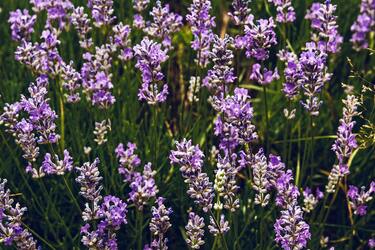Growing lavender: the secrets of successful planting and care

UAportal has prepared tips for planting and caring for lavender. In addition to its aesthetic appeal, the plant is used in folk medicine and can even be used in drinks and culinary delicacies.
Types of lavender
When people think of lavender, most of them imagine bright purple bushes. However, there is a wide variety of varieties of this plant that come in fascinating shades. From soothing blue and elegant white to delicate pink and vibrant green, the color palette is extremely diverse.
According to the generally accepted classification, lavender is divided into two main types: British and French. British lavender is characterized by thin leaves and elongated spike-shaped inflorescences, which makes it a popular choice for landscape design. In contrast, the French one is more delicate and less hardy, with wider leaves.
Ideal planting conditions
Lavender is a sun-loving plant that thrives in open, sunny areas. Although it can also withstand partial shade, flowering in such conditions may be limited.
It is important to note that in shady places, the plant loses its decorative appearance, and its branches stretch out, which leads to less abundant flowering. Since lavender does not tolerate excessive soil moisture, you should avoid planting it in damp or waterlogged areas.
Planting technique and time
Lavender is sensitive to transplanting, so careful planning is crucial. It is advisable to determine the planting site in advance. For optimal results, choose shrub varieties that are well adapted to your local climate.
Before planting the lavender bushes, make sure they are well watered by immersing the roots in water for about 30 minutes. Dig holes 30 centimeters wide and deep, then insert the bush and cover it with a mixture of soil and compost. Water the newly planted plant thoroughly to promote proper rooting.
If you want to get the latest news about the war and events in Ukraine, subscribe to our Telegram channel!
